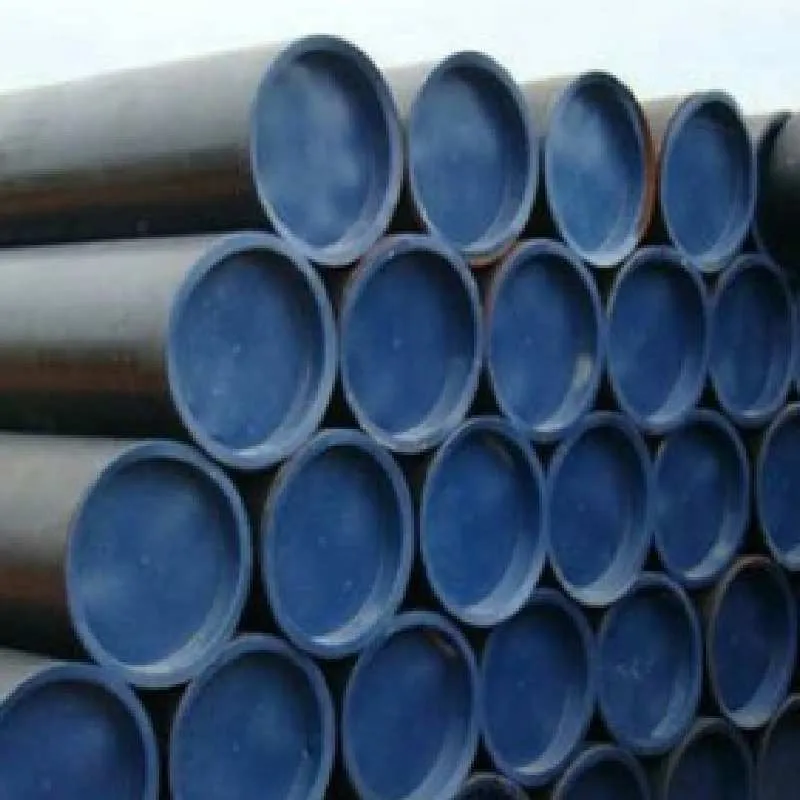-
Cangzhou Yulong Steel Co., Ltd.
-
Phone:
+86 13303177267 -
Email:
admin@ylsteelfittings.com
- English
- Arabic
- Italian
- Spanish
- Portuguese
- German
- kazakh
- Persian
- Greek
- French
- Russian
- Polish
- Thai
- Indonesian
- Vietnamese
- Zulu
- Korean
- Uzbek
- Hindi
- Serbian
- Malay
- Ukrainian
- Gujarati
- Haitian Creole
- hausa
- hawaiian
- Hebrew
- Miao
- Hungarian
- Icelandic
- igbo
- irish
- Japanese
- Javanese
- Kannada
- Khmer
- Rwandese
- Afrikaans
- Albanian
- Amharic
- Armenian
- Azerbaijani
- Basque
- Belarusian
- Bengali
- Bosnian
- Bulgarian
- Catalan
- Cebuano
- China
- China (Taiwan)
- Corsican
- Croatian
- Czech
- Danish
- Esperanto
- Estonian
- Finnish
- Frisian
- Galician
- Georgian
- Kurdish
- Kyrgyz
- Lao
- Latin
- Latvian
- Lithuanian
- Luxembourgish
- Macedonian
- Malgashi
- Malayalam
- Maltese
- Maori
- Marathi
- Mongolian
- Myanmar
- Nepali
- Norwegian
- Norwegian
- Occitan
- Pashto
- Dutch
- Punjabi
- Romanian
- Samoan
- Scottish Gaelic
- Sesotho
- Shona
- Sindhi
- Sinhala
- Slovak
- Slovenian
- Somali
- Sundanese
- Swahili
- Swedish
- Tagalog
- Tajik
- Tamil
- Tatar
- Telugu
- Turkish
- Turkmen
- Urdu
- Uighur
- Welsh
- Bantu
- Yiddish
- Yoruba

Aug . 30, 2024 16:11 Back to list
Steel Pipe Weld Fittings - High Quality and Durable Solutions
Understanding Steel Pipe Weld Fittings An Essential Component in Piping Systems
Steel pipe weld fittings are critical components in the construction and maintenance of piping systems used in various industries, including oil and gas, construction, and chemical processing. These fittings serve as connectors or adapters that facilitate changes in direction, size, or flow in piping networks. Their robustness and durability make them ideal for high-pressure and high-temperature applications.
One of the primary advantages of using steel pipe weld fittings is their ability to provide a strong, leak-proof connection. When welded properly to the pipe, these fittings create a seamless bond that enhances the overall structural integrity of the piping system. This is especially important in systems that transport fluids and gases, where leaks can lead to significant safety hazards and costly downtime.
Steel pipe weld fittings come in various shapes, including elbows, tees, reducers, and caps. Each type serves a unique function. For example, elbows allow for directional changes, while tees enable the branching of pipelines. Reducers help transition from a larger pipe to a smaller one, facilitating flow control. Caps are used to seal the end of a pipe. The versatility of these fittings makes them indispensable in designing and constructing efficient piping systems.
steel pipe weld fittings

When selecting steel pipe weld fittings, it is essential to consider materials and specifications. Carbon steel is the most common material used, valued for its strength and resistance to mechanical stress. However, in corrosive environments, stainless steel fittings may be preferred due to their excellent corrosion resistance. The choice between these materials also depends on the application and environmental conditions the piping system will face.
Furthermore, adherence to industry standards is vital during the manufacturing and installation of steel pipe weld fittings. Specifications from organizations such as ASTM (American Society for Testing and Materials) and ASME (American Society of Mechanical Engineers) ensure that the fittings meet strict quality and safety criteria. Compliance with these standards not only guarantees the reliability of the fittings but also helps avoid future complications that may arise from improper fitting use.
In conclusion, steel pipe weld fittings play an essential role in modern piping systems. Their ability to ensure secure and efficient connections directly impacts the safety and performance of various industrial applications. Understanding their types, material properties, and compliance with standards is crucial for engineers and technicians involved in the design and maintenance of effective piping systems. By investing in high-quality fittings, industries can enhance operational efficiency and reduce the risk of failures in their piping infrastructure.
Latest news
-
ANSI 150P SS304 SO FLANGE
NewsFeb.14,2025
-
ASTM A333GR6 STEEL PIPE
NewsJan.20,2025
-
ANSI B16.5 WELDING NECK FLANGE
NewsJan.15,2026
-
ANSI B16.5 SLIP-ON FLANGE
NewsApr.19,2024
-
SABS 1123 FLANGE
NewsJan.15,2025
-
DIN86044 PLATE FLANGE
NewsApr.19,2024
-
DIN2527 BLIND FLANGE
NewsApr.12,2024
-
JIS B2311 Butt-Welding Fittings LR/SR 45°/90° /180°Seamless/Weld
NewsApr.23,2024











